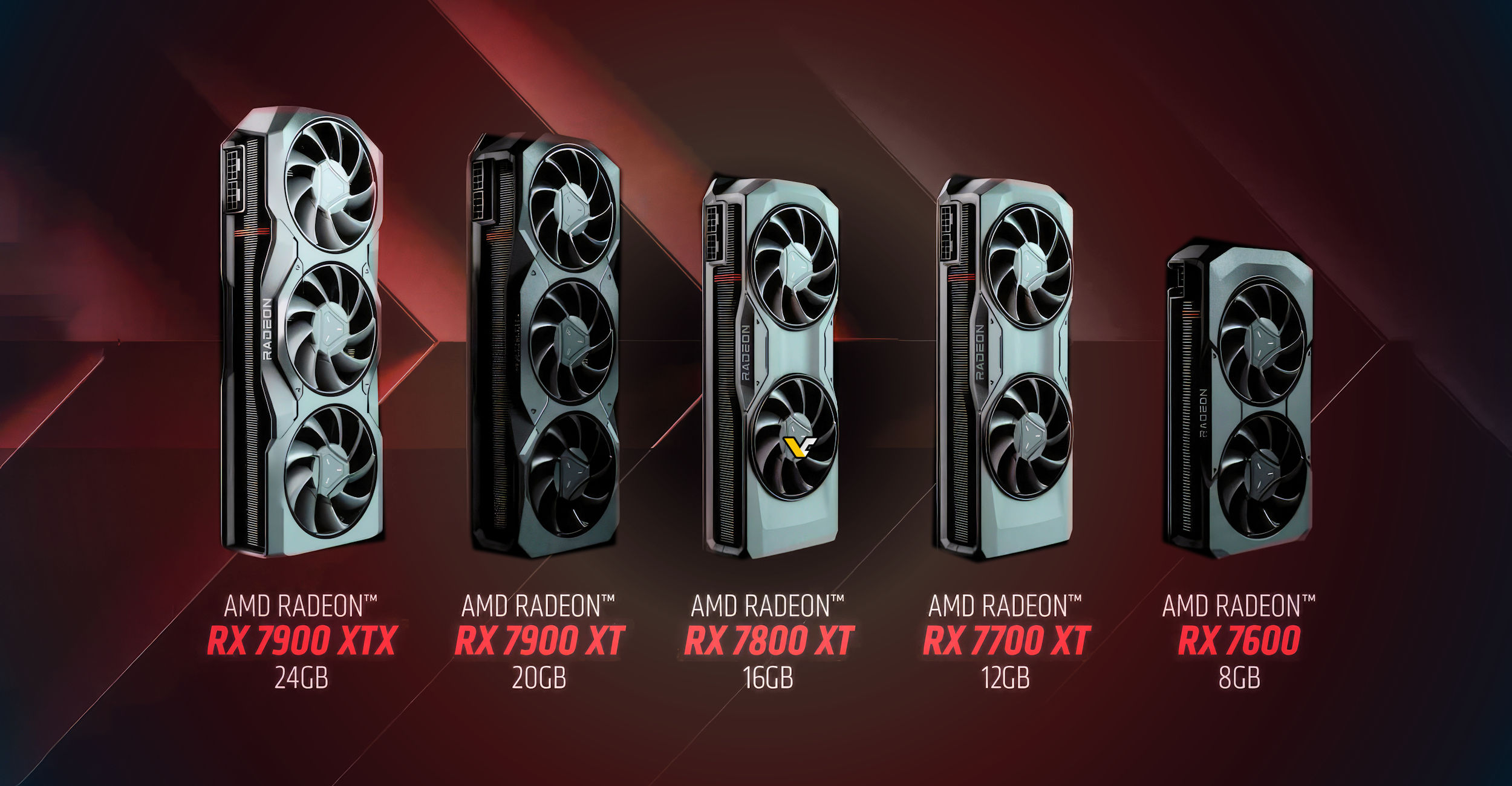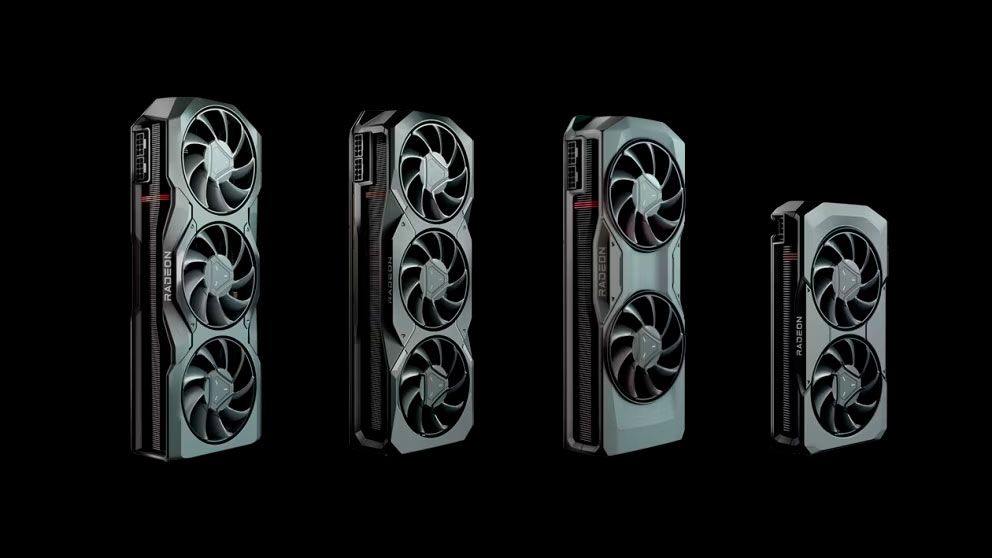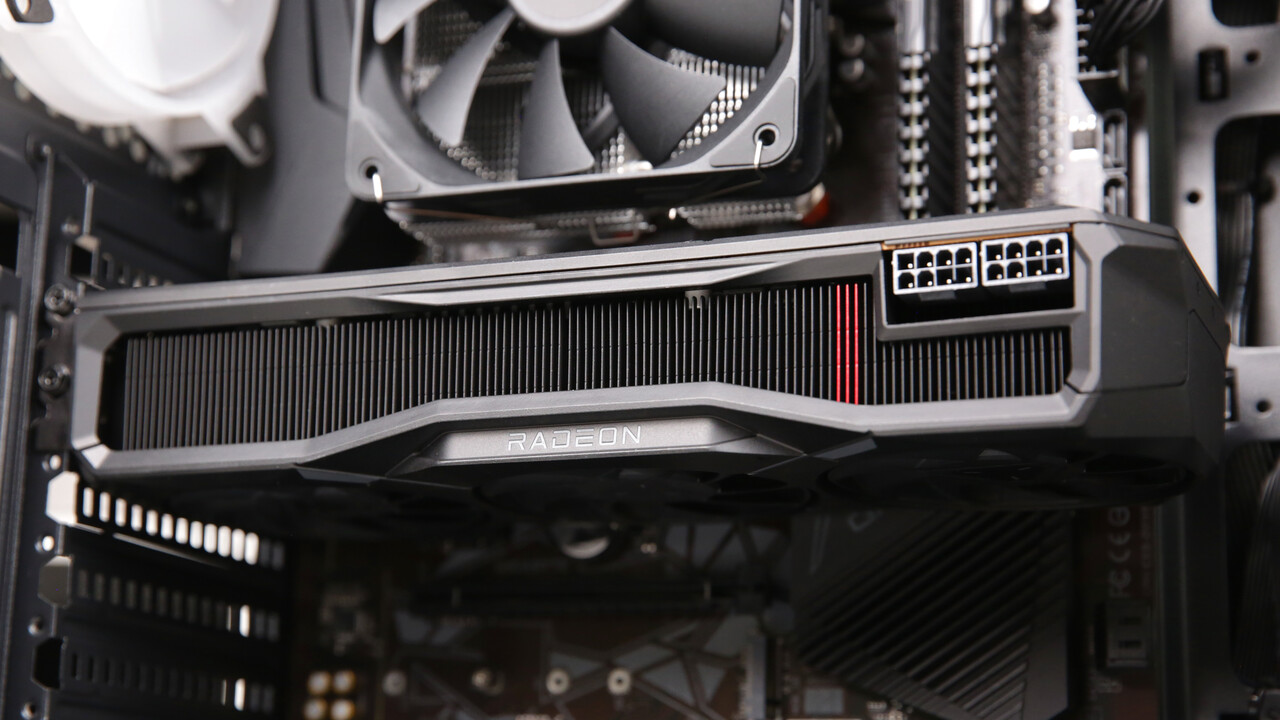RX 7800 XT should be on par with RX 6800 XT, and just a bit slower than RX 6900 XT / 6950 XT / 7900 GRE - even though it has less CUs and a lower texture fillrate in comparison to RX 6800 XT, there are higher clocks and memory bandwidth, and much higher Infinity Cache bandwidth and theoretical TFLOPS, because of
dual-issue shader ALUs, and less power draw too.
So while ugrading to RX 7800 XT is not really worth it when you already have one of the above cards, for users of RX 5700 / 6700 / 7600 class cards or lower / earlier models (basically anything below RX 470/480, 570/580 and RX Vega/Radeon VII) RX 7800 XT should be at least 2x faster, and 1.5x faster than RX 6700 / 6750 XT; it also comes with 16 GBytes of video RAM comparing to mostly 8 GBytes on previous gen models.
Even though RX 7900 XTX could be further 50% faster in demanding games (ones with heavy raytracing requirements), it comes with 2x the price - so at $500, I think RX 7800 XT is very close to price levels that most people were expecting, and it's quite balanced as a brand new card for those looking to upgrade from an older model.






